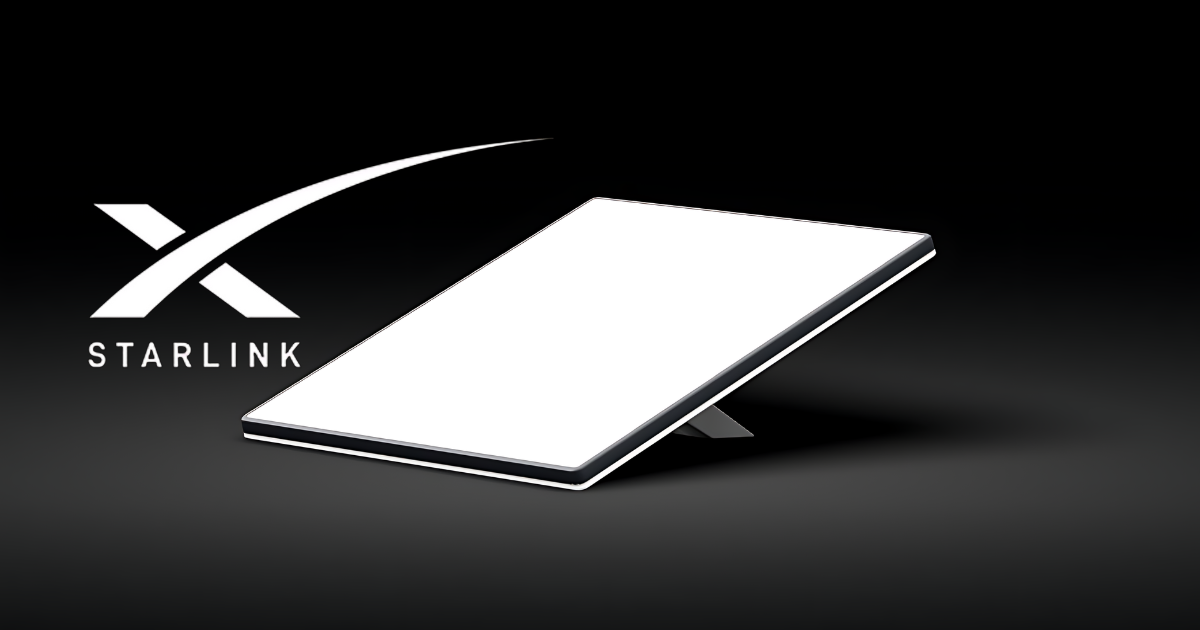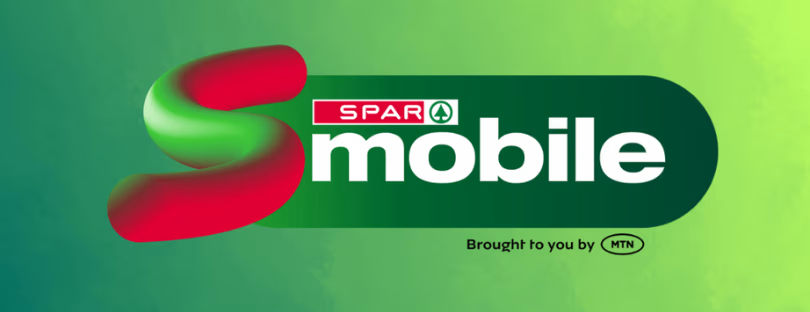
4G Coverage Lags Behind 5G Rollout in Germany
This past September, Deutsche Telekom said its 5G service was live in four German cities. Umlaut (formerly P3) reported that only five German cities are fully covered with 4G-LTE. german 4g
German network operators Deutsche Telekom, Vodafone, and Telefonica provide complete 4G coverage in Dortmund, Offenbach am Main, Erlangen, Frankenthal, and Ludwigshafen. In those cities, all households and the entire area have full 4G access.
According to the report, the city-states of Hamburg, Bremen, and Berlin are at the top of the federal states. Mecklenburg-Western Pomerania, Rhineland-Palatinate, and Brandenburg are at the bottom of the list. Across Germany and across all three network operators, the Umlaut company rated the mobile network coverage in Germany with 914.5 out of a possible 1,000 points. 1000 points correspond to a full supply.
“The German networks are better than their reputation,” said umlaut telecommunications expert Hakan Ekmen.
In terms of federal states, the city-states of Hamburg, Bremen, and Berlin rank at the top of the list for 4G coverage, according to Umlaut, while Mecklenburg-Western Pomerania, Rhineland-Palatinate, and Brandenburg are at the bottom of the ranking.
The data collected included the quality of the signals of the network operators and the transmission speeds, among others. The study had access to nearly two billion samples from April to September. The data on network quality is measured automatically in the background of the smartphones in more than 900 different apps. The users do not have to carry out speed tests themselves.
4G is the fourth generation of mobile network technology. It was first introduced in 2008 and is now widely available in Germany. 4G offers download speeds of up to 100 Mbps and upload speeds of up to 50 Mbps. It is also more reliable and consistent than 3G, the third generation of mobile network technology.
5G is the fifth generation of mobile network technology. It was first introduced in 2018 and is still in the early stages of deployment in Germany. 5G offers download speeds of up to 20 Gbps and upload speeds of up to 10 Gbps. It is also more responsive and efficient than 4G.
Here is a table summarizing the key differences between 4G and 5G in Germany:
| Feature | 4G | 5G |
|---|---|---|
| Download speeds | Up to 100 Mbps | Up to 20 Gbps |
| Upload speeds | Up to 50 Mbps | Up to 10 Gbps |
| Latency | 30-50 ms | 1-5 ms |
| Reliability | High | Very high |
| Coverage | Widespread | Limited |
As of October 2023, 4G coverage in Germany is 97.2%, while 5G coverage is only 38.1%. This means that 4G is still the primary mobile network technology in Germany, but 5G is rapidly gaining ground.
Some of the reasons why 5G is being rolled out in Germany:
- 5G can support more devices and data connections than 4G. This is because 5G uses a wider frequency range and more complex antennas.
- 5G is more efficient than 4G. This means that it can deliver faster speeds and lower latency even with the same amount of bandwidth.
- 5G is better suited for emerging applications such as virtual reality, augmented reality, and self-driving cars. These applications require very low latency and high bandwidth.
In the future, 5G is expected to become the dominant mobile network technology in Germany. This will lead to faster and more reliable internet access for all Germans.









